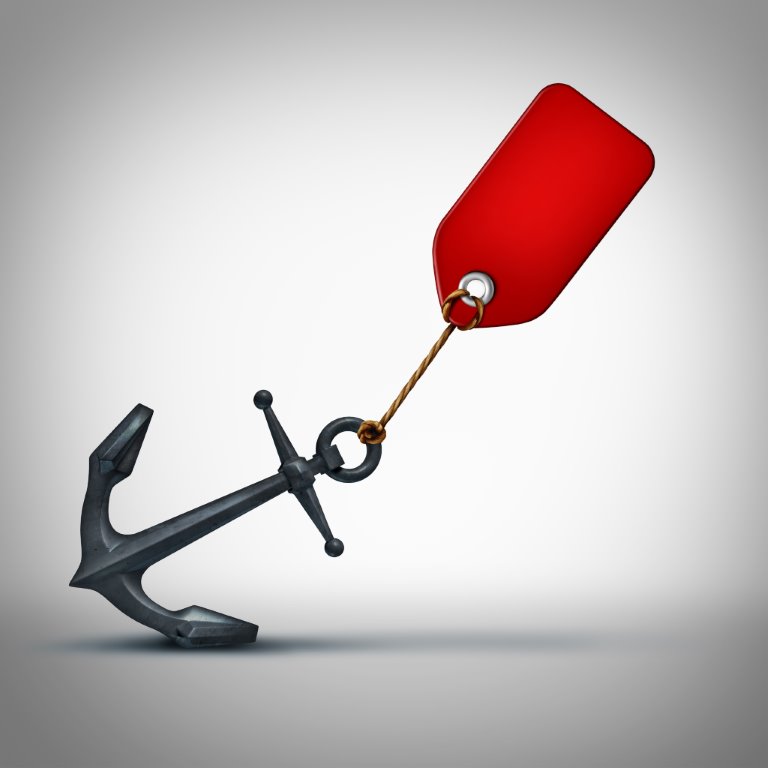 Commercial brand builders face many challenges when it comes to designing a label, and there are many ways in which it will be used. Sure, your label must convey the message of your brand, and distinguish it from others in the category. But there are many other factors you must consider that can make it hard to read, confusing, or just plain invisible.
Commercial brand builders face many challenges when it comes to designing a label, and there are many ways in which it will be used. Sure, your label must convey the message of your brand, and distinguish it from others in the category. But there are many other factors you must consider that can make it hard to read, confusing, or just plain invisible.
We often get asked by proud label designers to look at a label and give our opinion. It’s usually a PDF displayed on a back lit screen, completely out of context with the way it will be used. Of course, all of their friends and co-workers love it. They are seeing it from 18 inches away on a big, flat, rectangular, backlit screen with excellent lighting and nothing surrounding it. Yet the surfaces in commerce may be cylindrical, poorly lit, or your label may be displayed with a hundred others all vying for attention.
Most retail stores are lit with blue cast florescent or LED lighting (like garage lighting). Their shelves are stacked one on another creating shadows, especially if one or two of your products have already sold off the front of the shelf and the products on the back of the shelf are still in the shadow.
The backrooms and storage warehouses are even more poorly lit, resulting in confusion on the part of the clerks and warehouse people looking for your product. This can result in out-of-stock situations on the shelf because they simply couldn’t find your product to replace what was sold.
There is a solution! The carton your products are shipped in must be clearly read in dim light from 10 feet away. This means you may have to have a different or more simplified design for your shipping carton, but still close enough to your individual package that it can be recognized. For instance, we had to design an entirely different and simplified footprint for our cartons just so they could be seen and recognized from a distance. We also color coded the individual cartons for each type of product to prevent mix-ups, mis-deliveries and out-of-stocks.
If your product’s shelf package is cylindrical, depending on the diameter, you may only have an inch or so of readable space on your label. This goes for bottles, cans, and jars. Flat designs simply can’t be read. Our logo, for instance had to be 2 inches by 2.5 inches, even though our label was 3 inches by 4 inches.
You must also consider how far away your shopper is from your product on the shelf. In most stores, it’s 3-4 feet. So, before you get too excited about your “cool” label, shrink it down to actual size and check it out from 4 feet away. You will notice right off the bat that curlicues and fancy script are unreadable. There’s a good reason why highway departments use Helvetica font. It’s easiest to read from a distance. No, you don’t have to look like a highway sign, but you do have to be readable. To do that, we suggest leaving a lot of white space around your logo on your label.
Oh, and here’s another tip: don’t take a dark color out to the edge because if your label gets scratched in transit or handling, the scratch will appear as the color of the label paper (generally white) and the label will look damaged. Damaged labels don’t sell and prevent all the good labels behind them from selling.
So, creating an effective label is less of an art project and more of a discovery process. If it doesn’t pop, it won’t shop!



